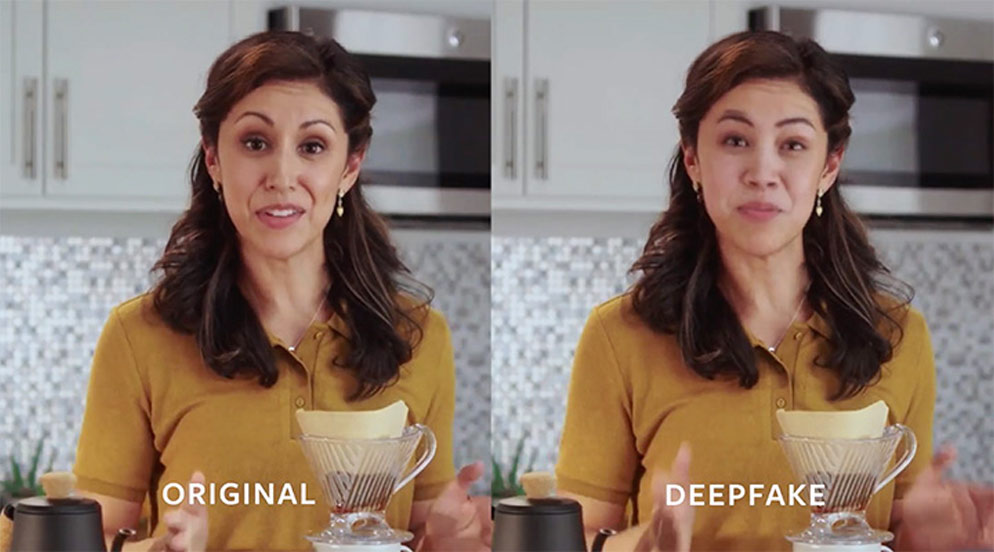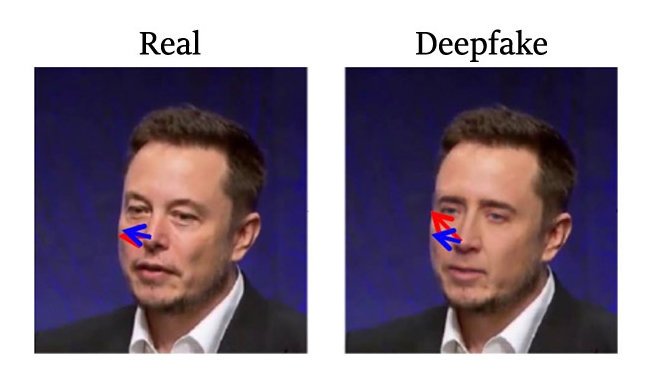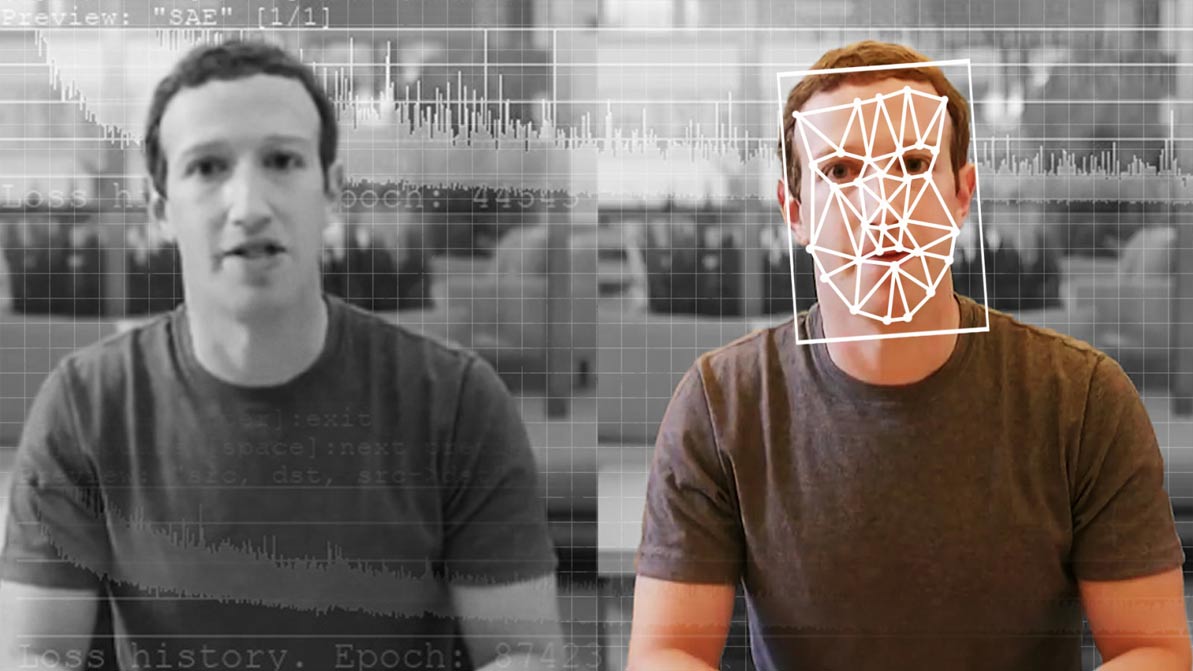Fact or fiction? Reality or fake? In the modern days of technology and internet, the line that differentiate the terms are blurring.
With computers becoming more capable and AI becoming more advanced, deepfakes have become a public concern. Introduced by a user on Reddit, the technology has evolved far faster than many people have anticipated.
Because the technology is providing the ways for people to fake videos, the implication is terrifying.
For example, deepfakes have been used to put Hollywood celebrities' faces on porn star bodies, making politicians and public figures telling what they're not suppose to tell, creating revenge porn and many more.
With the advancements of deepfakes, the results are becoming increasingly more difficult to spot. Sooner or later, the world may experience a time where fakes conquer.
Since the future is yet to be written, here are some ways to easily and quickly spot deepfakes whenever you see them.

Differences In Resolution
Everything that is displayed on a screen has a resolution. Display resolution can be described as the number of distinct pixels in each dimension that can be displayed.
Since different sources tend to have different resolution, this fact can be used to differentiate a legit video and a deepfaked one. For example, high-definition face on top of lower-definition body and background.
This can be so distinct that sometimes, naked eyes can catch the difference very quickly.
Obscured Faces
Sometimes, when a face inside a deepfake video is obscured by another object, the movement of the head/the object/the camera can create blurry artifacts or inconsistent motion.
Inconsistently Scaled Faces
Creating deepfakes involve feeding the AI a huge amount of faces of a subject to begin with. This includes the subject in different facial expression and camera angles.
When a deepfake video is created, putting that learned face/head on top of a video may result or morph the face differently. This can be seen when the subject, for example, faces the camera, and quickly point their head away from the screen. In many cases, the face may be in a different scale.
Observe Facial Features

Some people may have thick eyebrows, mustache, beard, pointy ears or chin, birthmarks, freckles, distinct jawline or cheekbones. These facial features can be copied by deepfakes, but apparently, computers can have a hard time in putting everything together where they should.
For example, one scene may show some of the facial features slightly misplaced or inconsistent.
In videos, any inconsistency is a clear indicative of a deepfake.
Inconsistent Skin Tones
People have different skin color. And when scenes in a video have rapid lighting changes, deepfakes can quickly be spotted.
Blinking
Healthy adult humans blink somewhere between every 2 and 10 seconds, and a single blink takes between one-tenth and four-tenths of a second. So it's clearly normal for someone in a video to be shown blinking, if the video is not a deepfake.
There aren't that many photos of people shown blinking. Even for people who are photographed often, rarely do they blink on photos, let alone normal people who are far from the spotlight and media.
Because of this fact, deepfake algorithms have less training data of blinking people to learn from. As a result, the algorithms are less likely to create faces that blink normally/naturally without visible flaw.
Other Face Rendering Flaws
Deepfakes involve algorithms in synthesising new facial expressions based on the training data it learned from.
However, images in the training data don't always match the exact positioning of the person's real head and expression, the lighting condition, or the distance to the camera. Deepfake algorithms tend to have a hard time in rotating, resizing or geometrically transform a fake face into the surrounding it is in.
This is because deepfake algorithms tend to be trained using 2D data, making it less capable in fabricating faces in 3D.
This results in digital artifacts that can sometimes be clearly seen. These flaws can come from blurry borders, artificially smooth skin, eyes not focused, nose not pointing to the right direction with the head, and so forth.

Bottom Line
Deepfakes will certainly progress and improve in quality.
Yes, it is easy to spot the flaws in a deepfake when you already know in advance that a video is a deepfakes. But even if you don't know in advance, closely observing a face, its features, and how it blends to its surrounding, can reveal that deepfakes do have flaws.
It all goes down to practice.
In the future, when deepfakes get even better, the ways to spot them will become increasingly difficult. But still, there should be flaws present.
And if you cannot or won't depend on AI and computers to detect deepfakes for any reasons, having trained eyes is certainly the way to go.
Further reading: How To Easily Spot AI-Generated People By Understanding AI-Made Flaws
